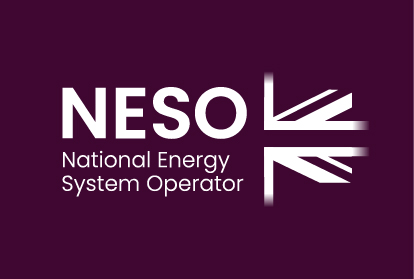
Dispatch Transparency Methodology
- Status:
- Live
- Project Reference Number:
- NIA2_NESO092
- STRATEGY THEME:
-
- Optimised assets and practices
- START DATE:
- END DATE:
Project summary
- Funding mechanism:
-
- NIA_RIIO-2
- Technology:
-
- Stakeholder Engagement
- Expenditure:
- £1,000,000
Summary
Learnings
Documents
Similar projects
Gas Quality Impacts on Industrial and Commercial applications.
Start date:
End date:
Status:
Complete
Technology:
- Stakeholder Engagement
Funding mechanism:
- Network Innovation Allowance

Temporary provision for Hot Water.
Start date:
End date:
Status:
Complete
Technology:
- Stakeholder Engagement
Funding mechanism:
- Network Innovation Allowance

Hydrogen Perceptions, Practices and Possibilities in two UK communities.
Start date:
End date:
Status:
Complete
Technology:
- Stakeholder Engagement
Funding mechanism:
- Network Innovation Allowance

